calsfoundation@cals.org
Cord (Independence County)
Cord is located at the junction of Cord Road (Highway 122) and West Hopewell Road (Highway 37, a.k.a. Elgin Road) near Charlotte (Independence County) and Dota (Independence County). Cord grew out of the Hopewell community, and the name Hopewell is used for the main cemetery for Cord and for one of the main roads running through Cord.
The Hopewell area was good for growing crops and grazing animals, becoming noted for its prosperous farmers. The early settlers of Hopewell were attracted by the nearby farmland of Big Bottom on the banks of the White and Black rivers approximately ten miles to the southwest. Eventually, a ferry across the Black River at Elgin (Jackson County), four miles to the southeast, made travel and trade easier on the road to Jacksonport (Jackson County). In 1823, the Reverend John Lewis Craig’s house on the White River in Independence County was used for meetings by the Cumberland Presbyterians to establish congregations in Hopewell and elsewhere. There was a Cumberland Presbyterian church in Hopewell by 1835.
The Hopewell community officially became Cord in 1880 when the post office was established. For those who live in the area, the community of Hopewell—where the Hopewell Cemetery is located—retains its original identity. The first postmaster was Henry H. McDoniel, who had a general store with the post office. It is believed the name Cord is derived from the John Walsh McCord family, prominent farmers in the area at the time the post office opened. McCord and his wife, Amelia Marshall McCord, are buried in the Hopewell Cemetery.
The Reverend William Miller Padgett and his wife, Frances Ward Padgett, had a country store between Cord and Charlotte by 1890. Miller Padgett and his twin brother, Taylor Jackson Padgett, were both Baptist ministers. The Padgett family had large landholdings in Big Bottom, and Padgett Island is named for the family.
A sensational murder case occurred in Cord in 1929 when Maurice Osborne was murdered at his home in Cord. A former Batesville (Independence County) athlete who was said to be romantically involved with Osborne’s wife was accused of the murder. Osborne’s wife was also thought to be involved. She was convicted and sentenced to nine years in prison; her lover was convicted and sentenced to twenty-one years in prison.
The original Cumberland Presbyterian church was destroyed by a tornado on March 4, 1904. A small wooden building replaced the original church. A fire destroyed the church and a few homes in the mid-1940s. Following the fire, a new stone church was constructed in 1950 by the congregation, and that building still stands on Highway 122 in the twenty-first century. With Cord’s population declining as more people moved to Batesville, the Hopewell Presbyterian Church closed its doors in the mid-1980s, and the building was abandoned. The Hopewell congregation joined with Faith Cumberland Presbyterian in Batesville to become Faith Hopewell to help preserve the historic name. Ye Old Church Antiques & Gifts took possession of the structure, but the shop closed in December 2003. The only active church in Cord today is a Baptist church.
The Cord school was built about 1900 on property donated by James T. Reaves and Lou McDoniel Reaves. The land has since reverted to the Reaves family. In 1936, the Works Progress Administration (WPA) constructed a new building, which still stands in the twenty-first century. An auction is held in the building every week. During the consolidation fervor of the 1940s, Cord annexed the following one-room county schools: Williams, Lockhart, Hazel Grove, Stone, Oak Ridge, Black River, and part of Walnut Grove. On January 25, 1949, Cord, Charlotte, and Sulphur Rock merged to form one district. Cord and Charlotte withdrew to form the Cord-Charlotte School District in 1952. In 2004, Cord-Charlotte consolidated with the Newark School District to create the Cedar Ridge School District. Cord-Charlotte still has an elementary campus.
The present post office building sits where the Charles and Thelma Long Osborne Mercantile Store once sat. Johnny Massey also had a general store in Cord, but that building was razed in about 2010. Only a few businesses remain in Cord. Cord and nearby Charlotte have always had close ties. Many use the term Cord-Charlotte to mean the same town—with the confusion deepening when the Cord-Charlotte School District was created in 1952—but each town retains its own unique identity.
For additional information:
Arms, Orville. “A Brief History of the Cord-Charlotte School District.” Unpublished essay, 1998. On file at the Butler Center for Arkansas Studies. Central Arkansas Library System, Little Rock, Arkansas.
Biographical and Historical Memoirs of Northeast Arkansas. Chicago: Goodspeed Publishing Co., 1889.
Britton, Nan, ed. “Memories of the Life of Lillian Mae Combs Idle: The Cord Community in the 18709s and 1880s.” Independence County Chronicle 45 (January 2004): 25–46.
Campbell, Thomas H., et al. Arkansas Cumberland Presbyterians: 1812–1984: A People of Faith. Memphis: Frontier Press, 1985.
Forester, R. K. (Bob). “Early History, Virgin Timber of Cord Recalled.” Independence County Chronicle 2 (April 1961): 25–33.
McGinnis, A. C. “A History of Independence County, Ark.” Special issue. Independence County Chronicle 17 (April 1976).
———. “History of Old Store Is History of Town.” Arkansas Gazette, April 27, 1969, p. 5E.
Morrow, John P., Jr. “From Batesville to Elgin 1864.” Independence County Chronicle 3 (October 1961): 34–37.
Kenneth Rorie
Van Buren, Arkansas
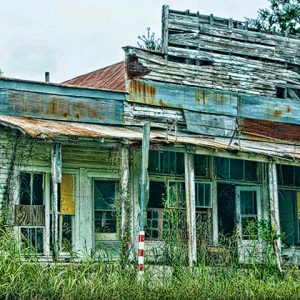 Cord Store
Cord Store 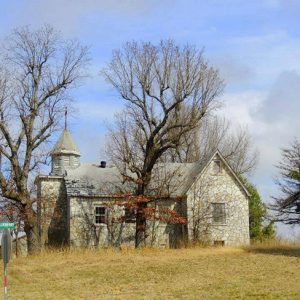 Cord Church
Cord Church 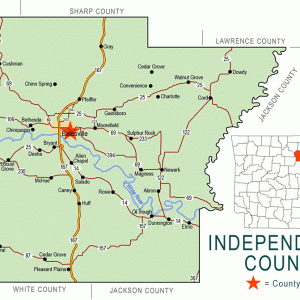 Independence County Map
Independence County Map 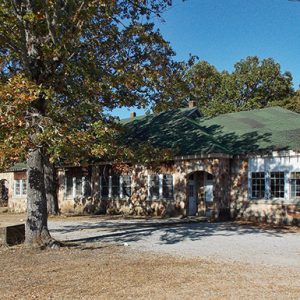 Old Cord School
Old Cord School 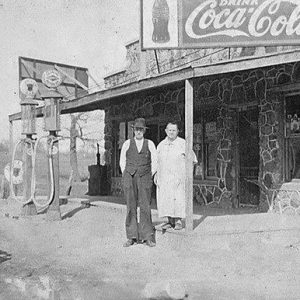 Padgett Store
Padgett Store 




Has anyone tried to get a government grant to restore the old church at Cord?